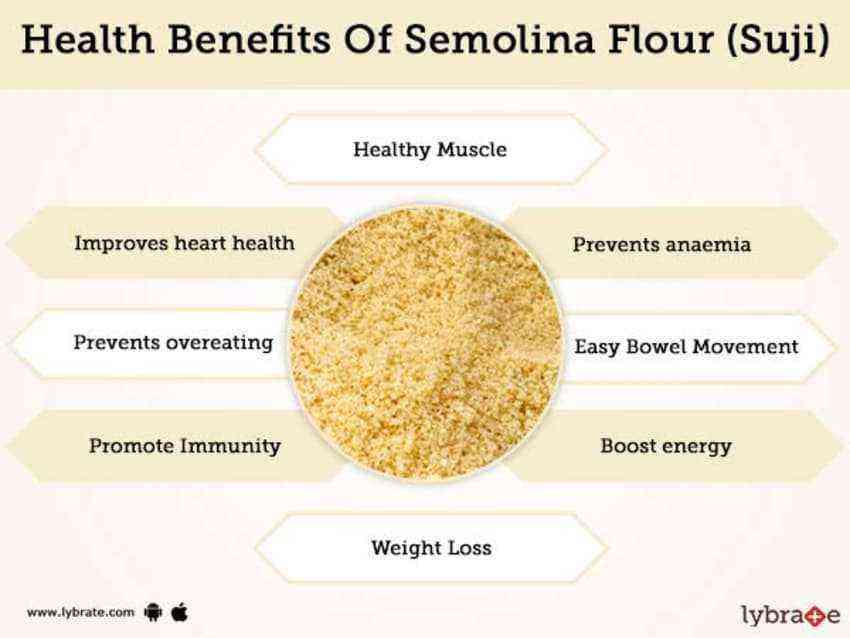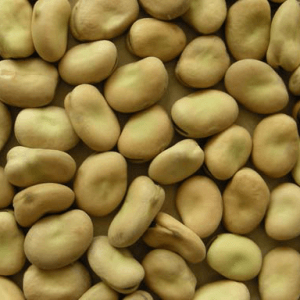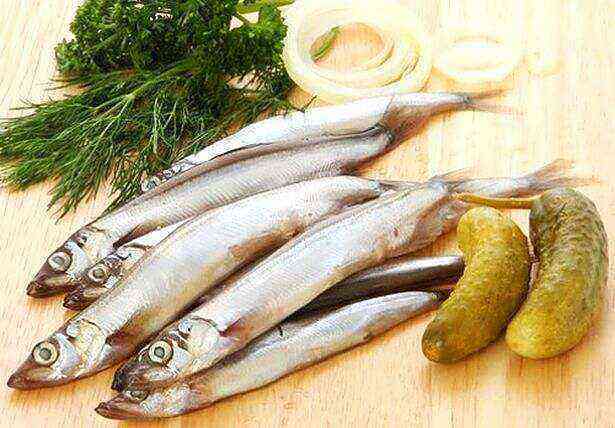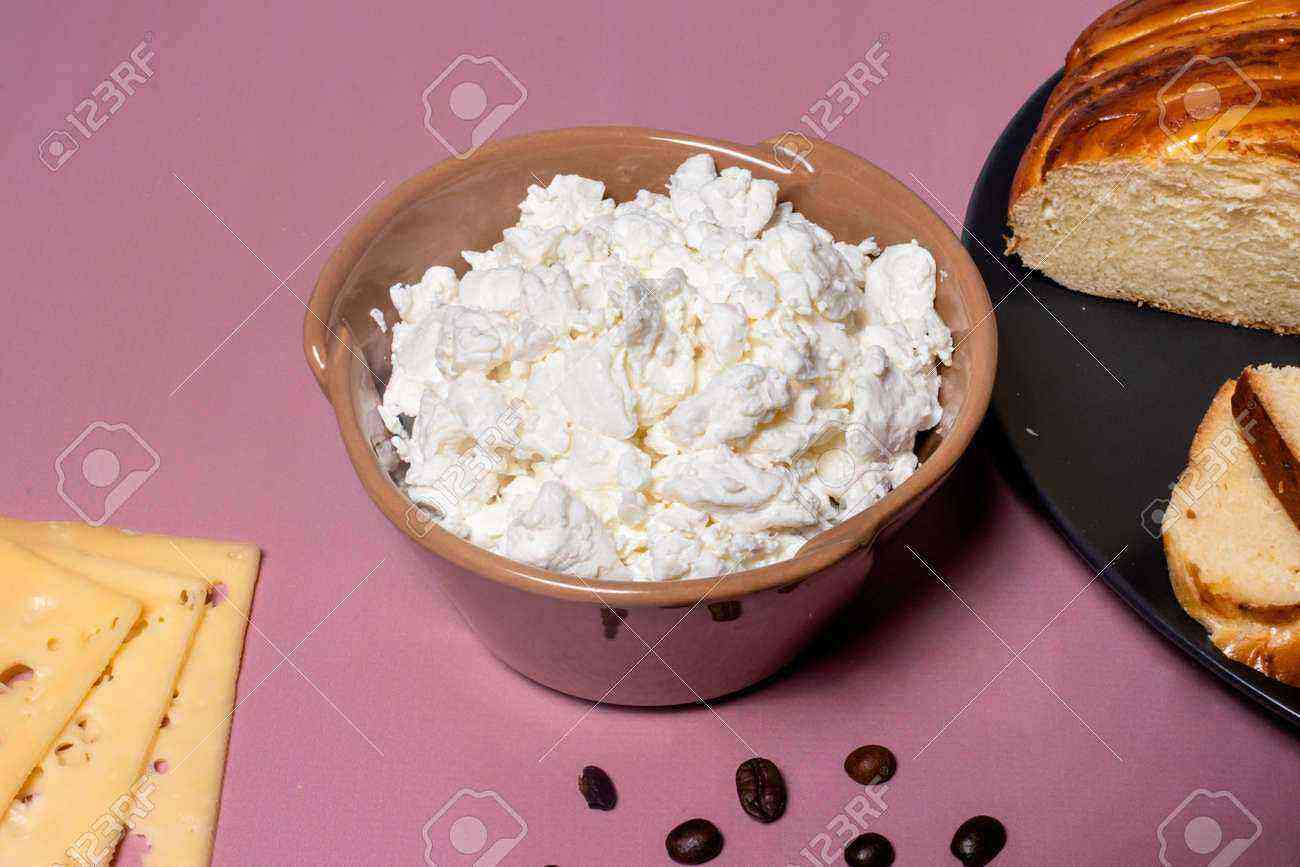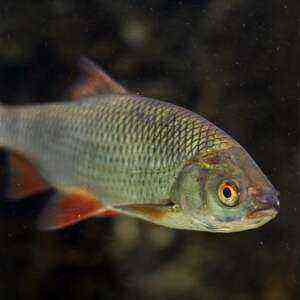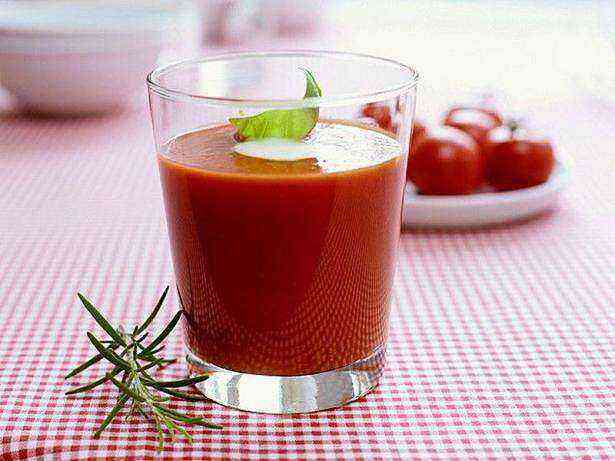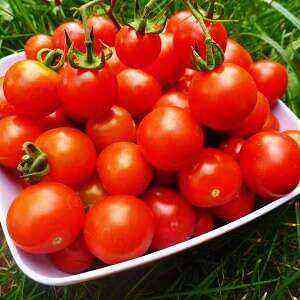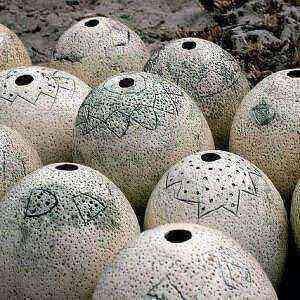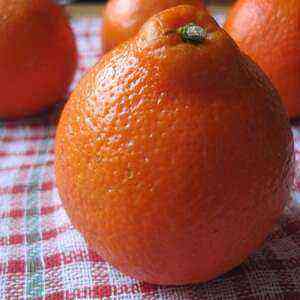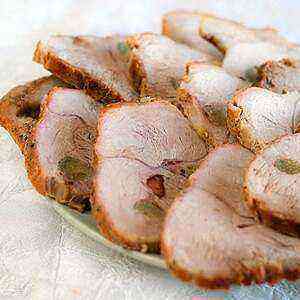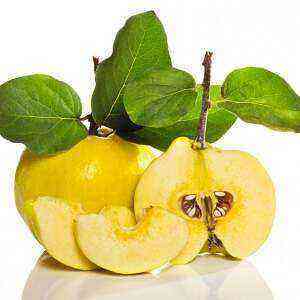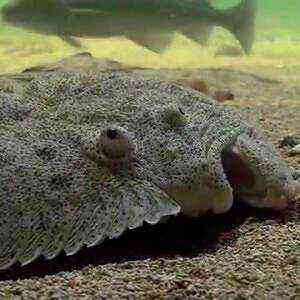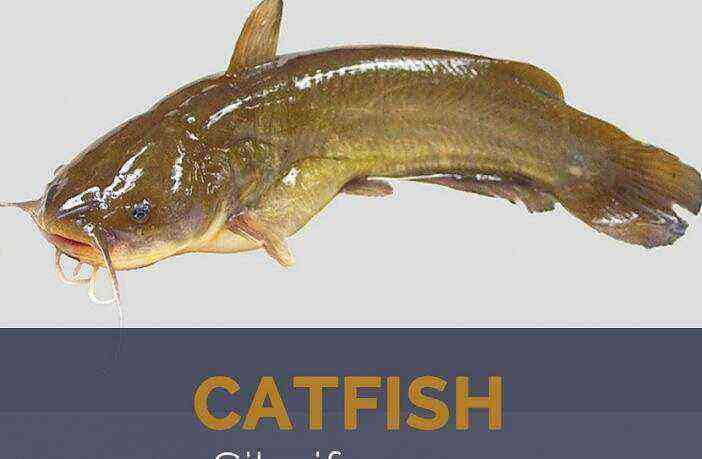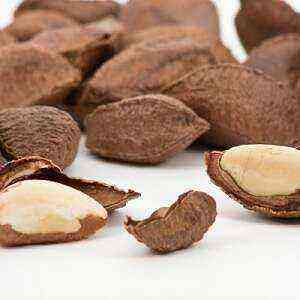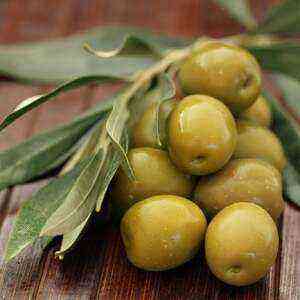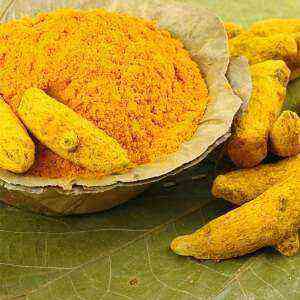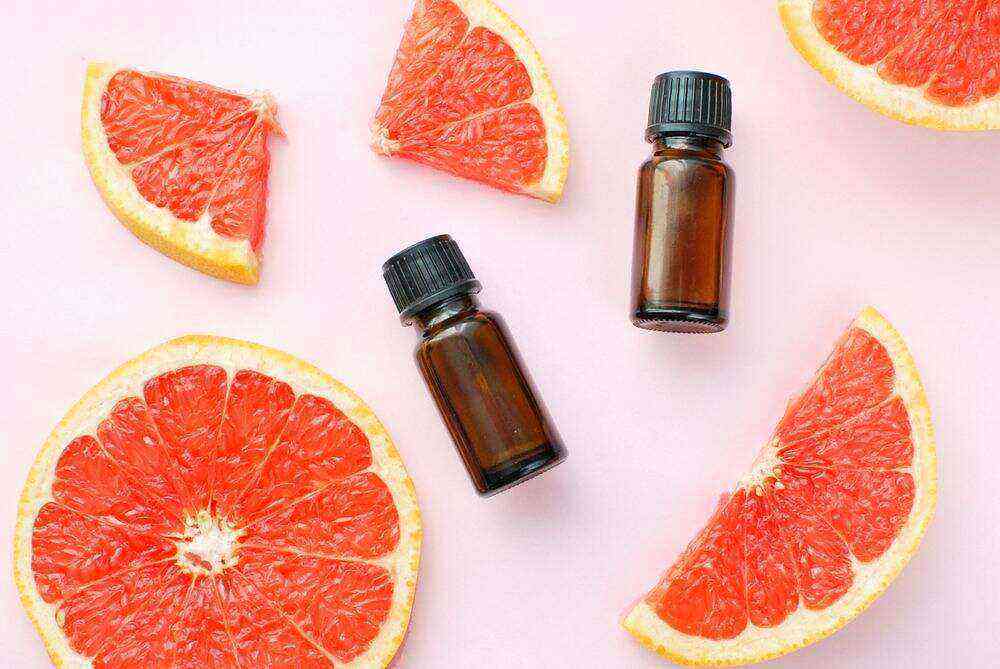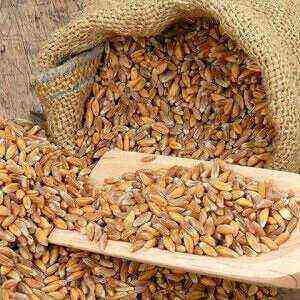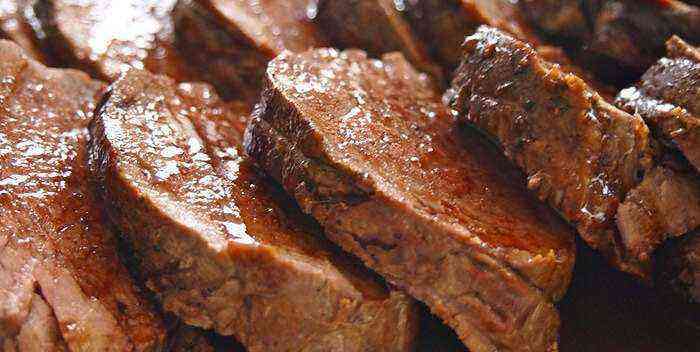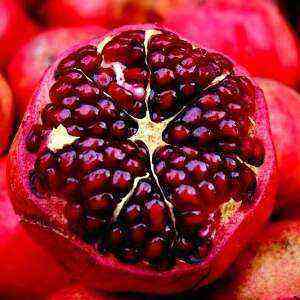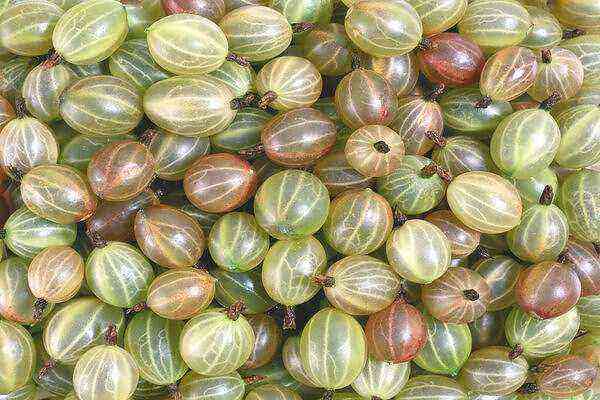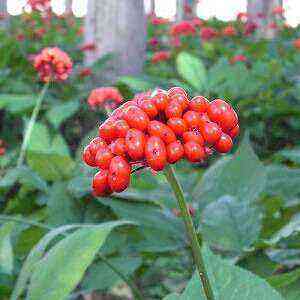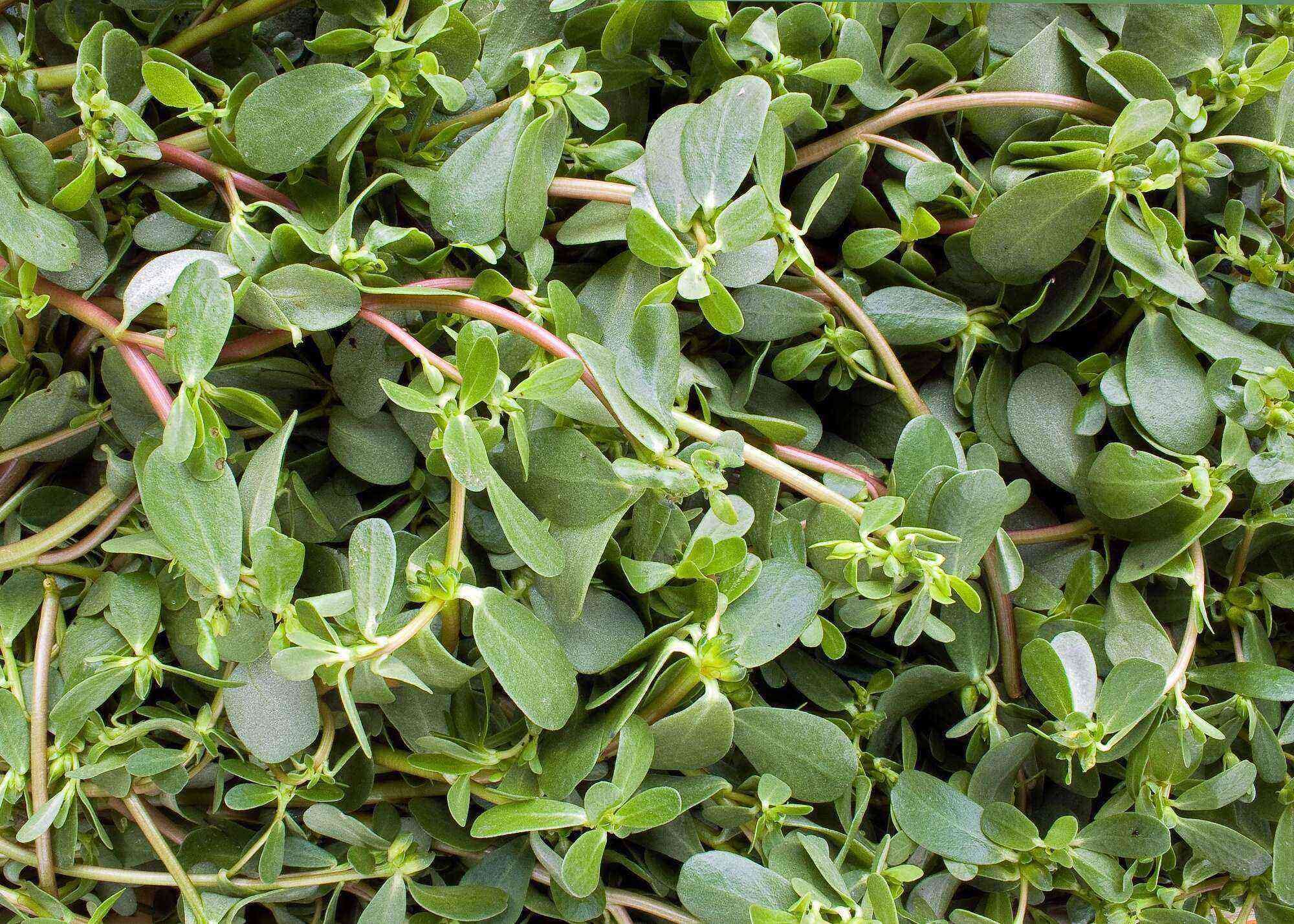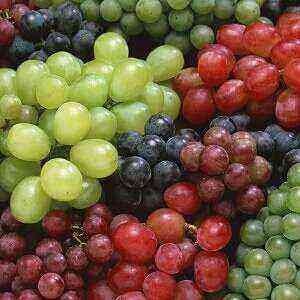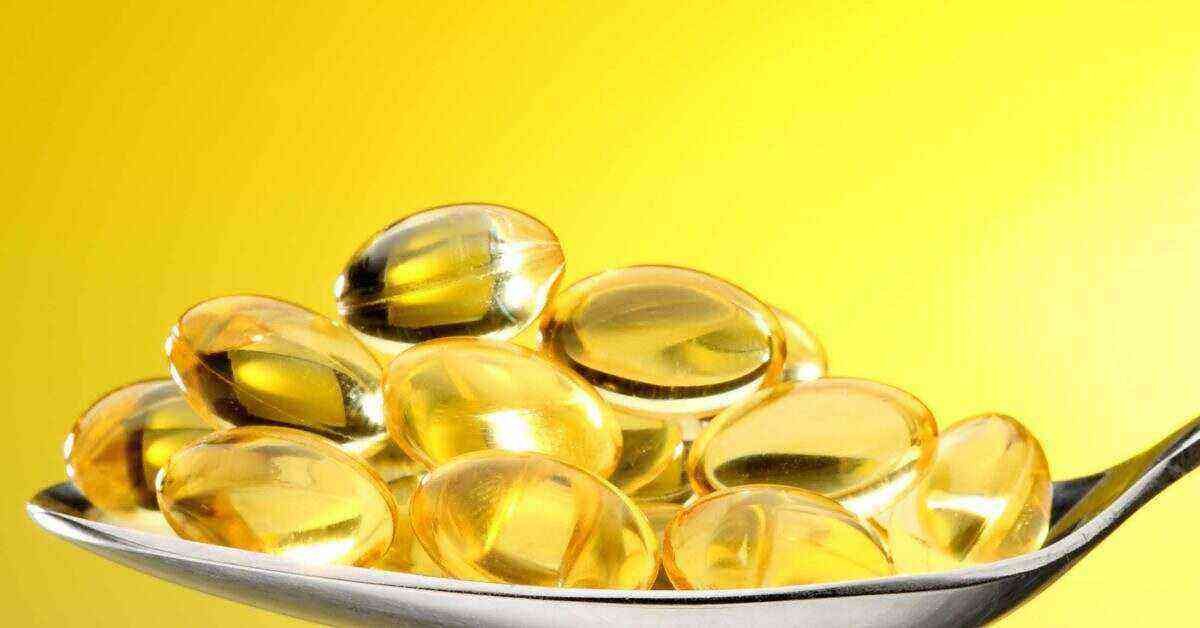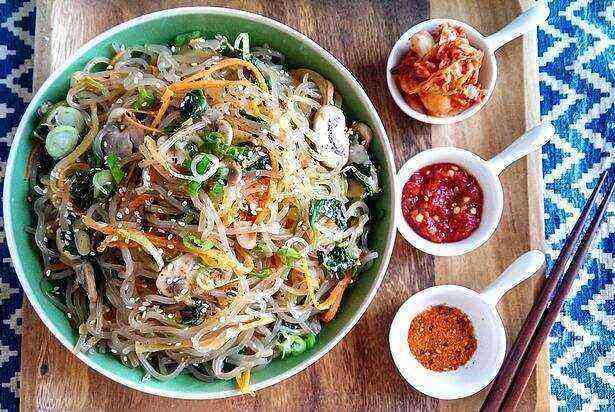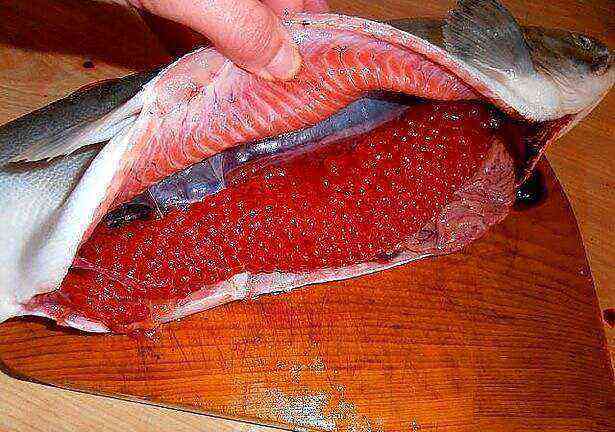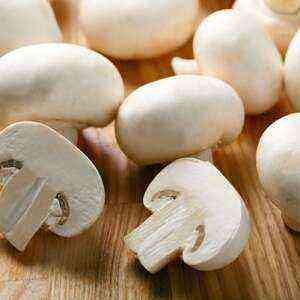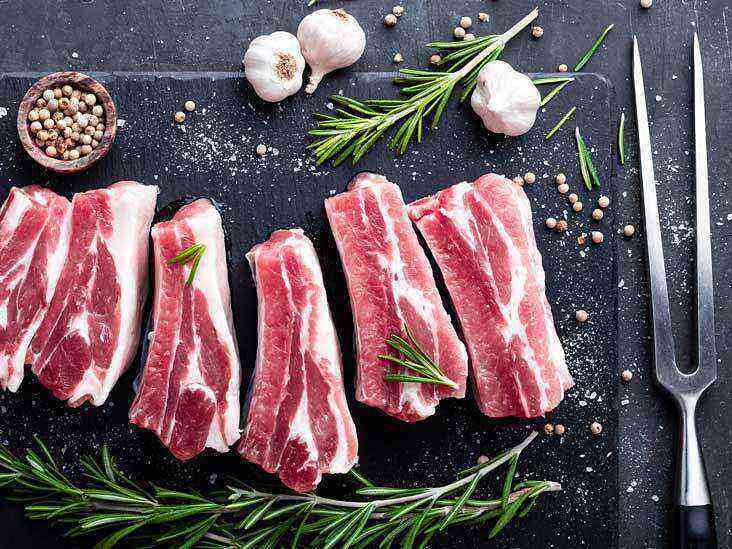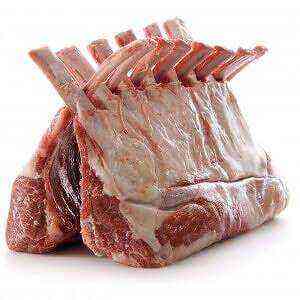
Sheep began to be domesticated in Central Asia, from the Himalayas to the Caspian Sea. Later, these animals were domesticated in Southern Europe and North Africa, and even later in North America. It is known from biblical legends that most of the famous patriarchs (Abraham, Jacob, Moses) owned huge flocks of sheep. Today, mutton is a very popular product among peoples who have a sufficient amount of pastures. Due to such a very unpretentious content, the cost of mutton is low.
An interesting fact from the life of sheep
Sheep have the unique ability to recognize their shepherd by voice. In addition, these are the only animals whose shepherd moves in front of the flock, and does not drive them from behind.
Sheep are among those animals that are valuable to people not only meat, but also dairy products, wool, skin, fat. That is why people over time began to deduce special breeds of these animals: wool, dairy, meat. You can eat meat of wool and dairy breeds, but it will differ significantly in its taste. For example, wool sheep become very fat with age, respectively, and their meat will be arrogantly fat.
What is lamb?
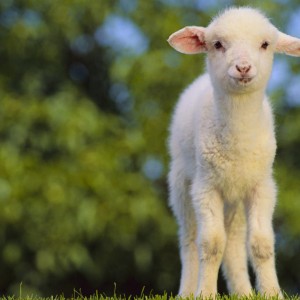
The meat of lambs that begin to eat solid feeds (approximately from 2-3 months of life to 1 years) is called lamb meat, and after a year – lamb. Lamb is considered meat more dense, but at the same time it should not be tough. Of course, the year is a conditional frame, animals of this period are considered adults, but they, like people, take into account not only passport data, but also biological ones, which are determined by the development of teeth and physical data.
If you have to choose between lamb and more mature, the majority will choose the young. It should be noted that the meat of more mature sheep has a much better flavor bouquet than young meat. Lamb is great for cooking soups, gravies, meat sauces. As for frying, it is not passport information that is important here, but anatomical data and the size of the piece.
If the meat is very tough (obtained from old or underfed animals), then it should be processed into minced meat, which can then be used for different purposes. And if you extinguish such meat with vegetables, the taste will significantly improve.
Useful properties and composition
Mutton is most valuable in that it contains amino acids that are important for human life. Sheep meat contains a high amount of protein. Since these animals practically do not suffer from salmonellosis and tuberculosis, the presence of parasite larvae in meat is extremely unlikely. And cancer in sheep is extremely rare. That is why some scientists claim that the meat of these animals is valuable as a natural source of protection against cancer.

Eating this type of meat is good for children and elderly people. Lamb is especially appreciated by people with diabetes, as well as those who are prone to this disease. The lecithin contained in it stimulates the work of the pancreas, thus contributing to the normalization of cholesterol metabolism and the prevention of diabetes. There is an opinion that people whose main source of meat is sheep practically do not get atherosclerosis. The amount of iodine in lamb is very small, and without additional sources of it, you can get into a group of people who have problems with the thyroid gland.
The average mineral content is 0,8-1,3%. These are mainly compounds of phosphorus, calcium, sodium, magnesium, potassium, chlorine, copper and other microelements that are important for the proper functioning of the body. High fluoride content is valuable in preventing the development of caries.
Lamb contains a sufficient amount of vitamins. B vitamins, with the exception of B12, do not accumulate in the body and have a need for regular replenishment. Vitamin B3 is important for the formation of red blood cells and the functioning of the nervous system.
Folic acid has a positive effect on the work of the liver and intestines, helps to maintain the immune system. This vitamin is especially important during pregnancy, it regulates the formation of nerve cells in the embryo. Vitamin B 12 is found exclusively in animal products, it is the main participant in the metabolism of carbohydrates, proteins and fats.
1 table. “The chemical composition of lamb”
Composition
Content in 100 grams
Water 67,6 g Dietary fiber (fiber) 0,5 g Proteins 16,3 g Carbohydrates 0,6 g Fats 15,3 g Ash 0,8 g Cholesterol 70 mg
Vitamins
Vitamin B1 (thiamine) 0,08 mg Vitamin B2 (riboflavin) 0,1 mg Vitamin B5 (pantothenic acid) 0,5 mg Vitamin B6 (pyridoxine) 0,4 mg Vitamin B9 (folic acid) 8 mcg Vitamin B12 (cyanocobalamin) 2 mcg Vitamin PP (niacin) 5,2058 mcg Vitamin H (biotin) 3 mg Vitamin E (tocopherol) 0,5 mg Vitamin B4 (choline) 70 mg
Macro and microelements
Sodium 1915 mg Potassium 270 mg Phosphorus 178 mg Magnesium 18 mg Calcium 3 mg Chlorine 60 mg Sulfur 230 mg Iron 2 mg Zinc 3 mg Copper 180 μg Iodine 3 μg Nickel 10 μg Manganese 0,035 μg Fluorine 63 μg Tin 75 μg Cobalt 7 μg Molybdenum 12 mcg Chromium 10 mcg
The average calories of lamb 203 kcal.
Selection and storage
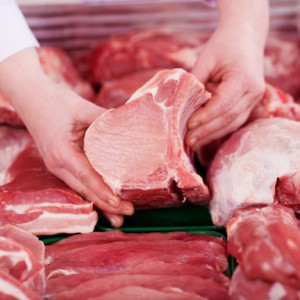
- from the neck of the most delicious dishes will be, the preparation of which the meat is boiled or stewed: pilaf, meatballs, soup, stews, jellied meat;
- the upper part of the shoulder is also good for stewing and cooking, but if it is a shoulder of milk lamb, then it will make an excellent kebab and roast;
- knuckle (also the lower part of the front leg) is great for boiling and stewing: soup, brawn;
- brisket is most suitable for roasting and frying: roasts, manti, burgers, kebabs;
- brisket is good for boiling, frying, stuffing and stewing;
- shank is good in baked, fried and stewed;
- Ham is most often used when baking, frying and stewing.
When buying lamb, you should pay attention to the following external signs of meat:
- meat color – uniform;
- consistency – granular;
- meat is elastic, after pressing with a finger, quickly returns to its former shape;
- the bones of lamb are white, and the lambs are slightly pinkish;
- the wider the distance between the ribs, the greater the age of the animal;
- the amount of fat on the meat is minimal, so that the veins are viewed;
- the lighter the color of lamb, the younger the age of the animal;
- fat on meat should be as whiter as possible;
- the smell is saturated, without foreign odors, if there are any, it may indicate that the animal was sick or the meat was kept incorrectly;
- the surface is shiny, slightly moist, there should be no blood discharge.
It is strongly not recommended to buy lamb in such cases:
- meat with stains (like bruises);
- the meat has a dark, ruby color – this suggests that the lamb is old and surely will be tough;
- yellow bones;
- the surface of the lamb is sticky and bruised;
- fat on meat is easily broken or showered;
- there is no fat at all – it is most likely the goat meat.
It is possible to determine the meat of a sick animal in this way: set fire to a small amount of the mutton layer. The smell of smoke should not be acrid. Otherwise, refuse to purchase such lamb.
Unfortunately, in our stores it is very difficult to find good mutton. The most reliable way to avoid mistakes is to negotiate with a butcher or to buy in proven places.
You can store the meat in the refrigerator, but you should not do it for more than two or three days, otherwise it will start to deteriorate. If you purchased lamb for long-term storage, then you can freeze it. First, you need to wrap the meat in foil. This must be done so that then air cannot get there, in other words – the packaging should be as tight as possible. If bacteria can penetrate the meat, this will significantly impair its taste. It is not recommended to store meat in the freezer for more than six months.
Use in cooking

Lamb fat, like meat, has a specific smell. Experts still cannot determine with certainty what exactly gives the mutton an unpleasant aroma. Some argue that these are branched phospholipids and acids, while others say that these are ketones and aldehydes. The main part comes from fat, while it is almost impossible to remove it completely. This can be partially done by the following methods:
- Before cooking, cut the meat, rinse and boil for 10-15 minutes with carrots, green beans, then drain the water and add new water.
- The taste of meat will be underlined if, a few days before cooking, pickle it with vegetables in vegetable oil, simple marinade, or simply sour milk.
- Another proven way to get rid of odor is through culinary herbal therapy. If you stew meat in wine, adding spices such as oregano, mint, thyme, rosemary, bay leaf, then there will be no trace of the smell, and the taste of the meat will be simply unique.
- The smell from meat almost completely disappears during grilling. Fat, and with it the smell, just melted.
In the traditions of many countries, the customs of serving lamb to the table have remained on the big holidays. For example, the celebration of the Jewish Passover is not complete without a roasted young lamb. And in the cuisine of Eastern peoples, lamb dishes are a whole story. Without lamb meat, one cannot imagine a fragrant shish kebab, manti, shurpa, beshbarmak, pilaf. But it is these dishes that are their hallmark for tourists.
The aromatic spices added during the cooking of lamb are necessary not only to eliminate the odor, but also to better absorb the fat.
These include dill, pomegranate, rosemary, mint, marjoram, lemon. In the Middle and Near East, it is customary to serve lamb, and often cook, along with apricots or dates. Mediterranean countries are used to serving lamb with tomatoes and garlic, wine, olive oil. Residents of the north eat sheep meat with salads of vegetables and herbs, as well as potatoes.
Harm and contraindications
Of course, if mutton is abused, as, in principle, with any other food product, then the body will obviously not benefit from it. In addition, it is worth mentioning the people who use the mutton is contraindicated. Such categories include persons suffering from arthritis, gout, and gastrointestinal diseases. The reason for such restrictions is mutton fat. Food fats of animal origin are mainly composed of oleic, palmitic and stearic fatty acids. Most in lamb fat (compared with others) of stearic acid, and she, as you know, the most refractory. Cooked lamb after cooling quickly covered with white fat. This type of fat is difficult to digest and even more difficult to digest.
